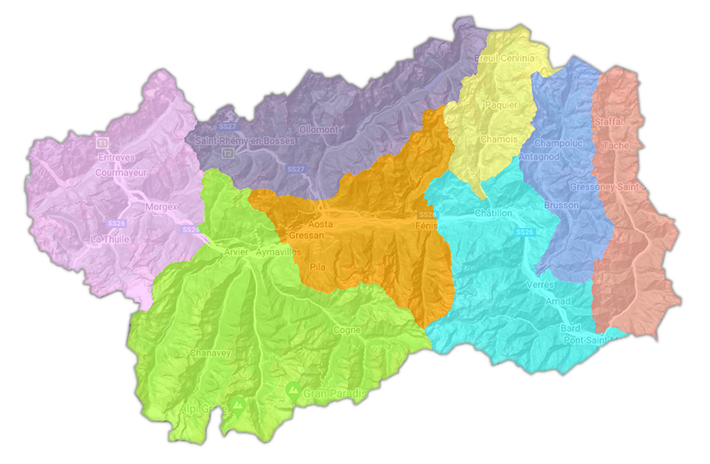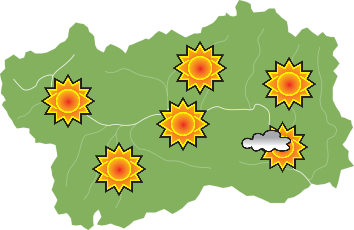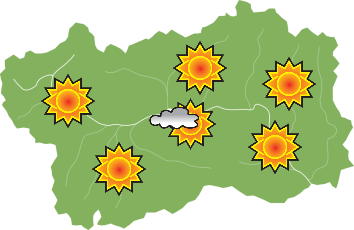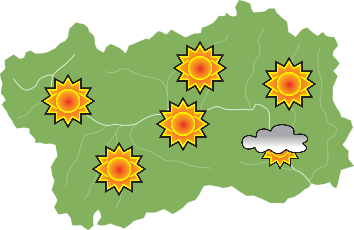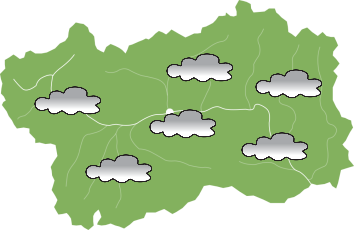Honey from the Aosta Valley
Beekeeping in the Aosta Valley is predominantly nomadic: the hives are taken to different mountain environments, from the valley floor to higher altitudes. In doing so, bees collect nectar and pollen from many different plant species.
Honey from the Aosta Valley does not undergo any heat treatment so it maintains its organoleptic properties unaltered.
Dandelion honey, intense yellow in colour, is sweet and has an appreciated ammonia aftertaste. Linden honey, very light in colour, releases a light minty aftertaste; honeydew honey is dark and has a fruity taste.
The following varieties of honey are traditional agri-food products (P.A.T.):
Wildflower honey
It is the result of the harvest of nectar from different botanical species without any one being predominant and is the main local production in terms of quantity. The nectariferous essences mainly characterize its color and flavor intensity.
Rhododendron honey
The flowering of the wild rhododendron, which occurs between mid-June and the end of July, provides excellent light honey with a tendency to crystallize finely. It is nicknamed by some Aosta Valley beekeepers "the honey of the ice" precisely because of the peculiarity of being produced at high altitudes between 1,600 and 2,000 metres. It is a delicate honey with a floral and fruity aroma and is ideal for consumption alone or with rye bread and butter or to sweeten herbal teas.
Chestnut honey
It is harvested throughout the middle-lower Aosta Valley, where chestnut trees play an extremely important role in peasant culture. In chestnut honey, in addition to the typical sweet flavor of honey, you can also perceive the bitterness that characterizes its complex and warm taste. It is a slowly crystallizing honey, which maintains a liquid or more viscous state for several months, which goes well with boiled chestnuts or long-matured cheeses.



